With COVID / Coronavirus still widespread, many people are wondering how to what are the safe and risky activities. The writers over at MLive (a Michigan-based publication) interviewed several infectious disease experts to rate the danger of various activities from the least to most dangerous. Now that governments are opening up, it’s up to individual citizens to weigh the various risks and factors to make wise decisions to both preserve health while also trying to revive the economy amid record-setting unemployment rates.
The panel of experts interviewed by MLive:
- Dr. Matthew Sims, Beaumont Health director of infectious disease research
- Dr. Dennis Cunningham, McLaren Health Care medical director for infection prevention
- Dr. Mimi Emig, retired infectious disease specialist with Spectrum Health
- Dr. Nasir Husain, Henry Ford Macomb medical director for infection prevention
Here are:
- The factors for evaluating the risk of an activity, plus
- A list of popular activities and their relative risk.
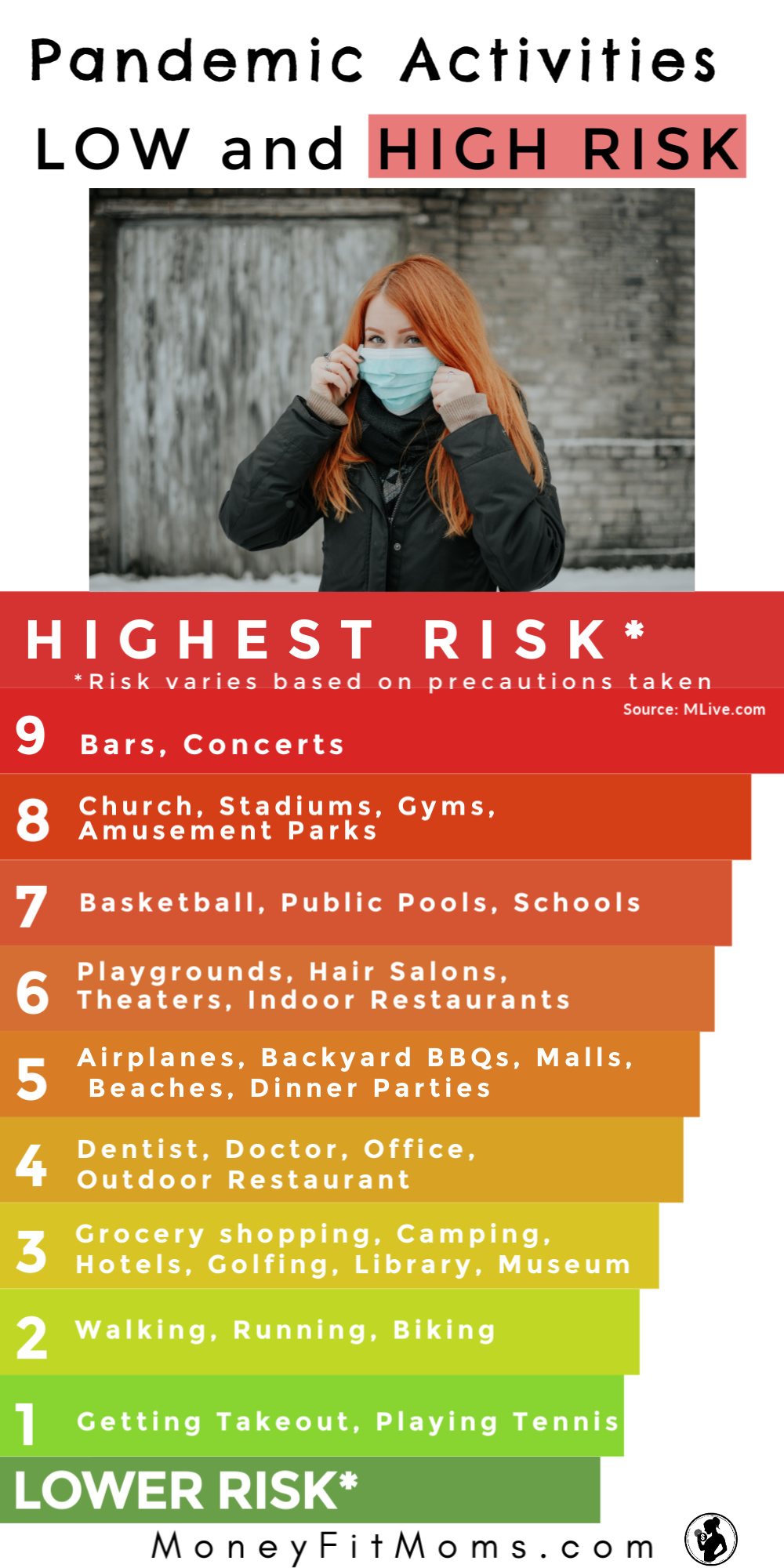

Related: Prepare Your BUDGET for the Coronavirus Recession
The 5 FACTORS that make for RISKY ACTIVITIES:
1. INSIDE OR OUTSIDE
Outdoor activities are generally safer than indoor activities because the virus isn’t recirculated as it would be when indoors.
2. PROXIMITY TO OTHERS
How close you will be to other people also increases the danger of an activity. Things like playing basketball or a crowded music concert are riskier activities.
3. EXPOSURE TIME
Briefly walking by a person on a trail is less likely to spread the virus than sitting in an enclosed space with people for an extended period of time.
4. LIKELIHOOD OF COMPLIANCE
The risk of an activity increases in settings where participants are unlikely to comply with recommended precautions, such as wearing a mask and maintaining social distance.
5. PERSONAL RISK LEVEL
Some people have risk factors that make them more susceptible to COVID-10, so they need to consider their own personal risk level.
The 5 risk factors above are important to consider when evaluating the risk of activities. While the editors of MLive gave the following activities a risk rating number, the below activities have a range, depending on how well people take the proper precautions.
ACTIVITY Listed by RISK Level (Ranked from MOST (9) to LEAST (1) Risky Activities)
RISK LEVEL 9 — Bars, Large music concerts (Very Risky Activities)
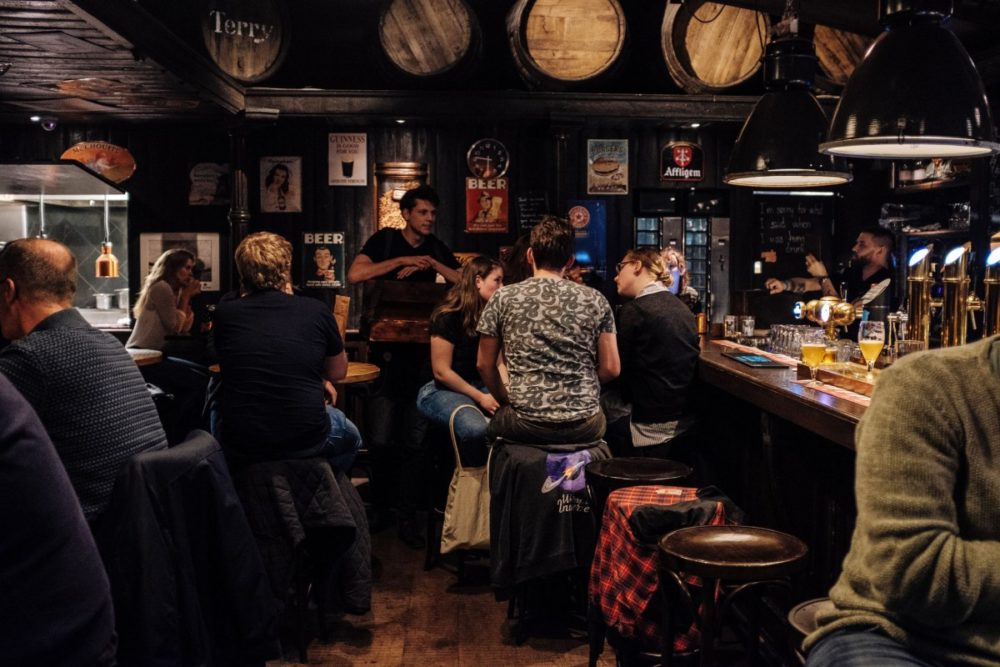

-
Bars
- Does a bar not seem that risky to you? Ask the group of 12 friends who ALL tested positive for Coronavirus after their FIRST night out at ONE bar. Bars are indoors, people are in close proximately for extended periods of time, plus as alcohol sets in, precautions often fly to the wind.
-
Large music concerts
- Even if concerts are outdoors, the large crowds and singing audience results in a higher spread of viruses.
RISK LEVEL 8 — Sports Stadiums, Gyms, Amusement Parks, Churches, Buffets


-
Sports stadiums
- The crowds, yelling, not to mention the alcohol-induced relaxing of health precautions make sports stadiums a high-risk area.
-
Gyms
- We can all intuitively understand the risks that gyms pose, but if you want to sound smart while discussing it, Dr. Husaid said that while working out and breathing heavily, people emit more respiratory secretions. Jury is still out the result of this gym’s attempts to use plastic “workout pods.” People laughed about the entertainment factor of playing soccer inside one of those giant bubbles and now it seems freakishly realistic.
-
Amusement parks
- Large numbers of people often yelling–these are risky. According to Dr. Sims, “It’s about the riskiest you can get.”
-
Churches
- A lot of the early spreading of the virus was linked to church congregations are choirs. The risk facts of church congregations including large groups and singing should cause anyone to pause before rushing back to the pews.
- Dr. Emig said, “If they add singing, then it’s on par with bars. People are going to hate that, but it’s the truth.”
-
Buffets
- Buffests are not as bad as bars, plus riskier than regular restaurants. At a buffet, people often congregate and share utensils.
- Dr. Sims suggests buffets could be redesigned to lower some of the risks.
Risk Level: 7 — Basketball, Public pools, Schools
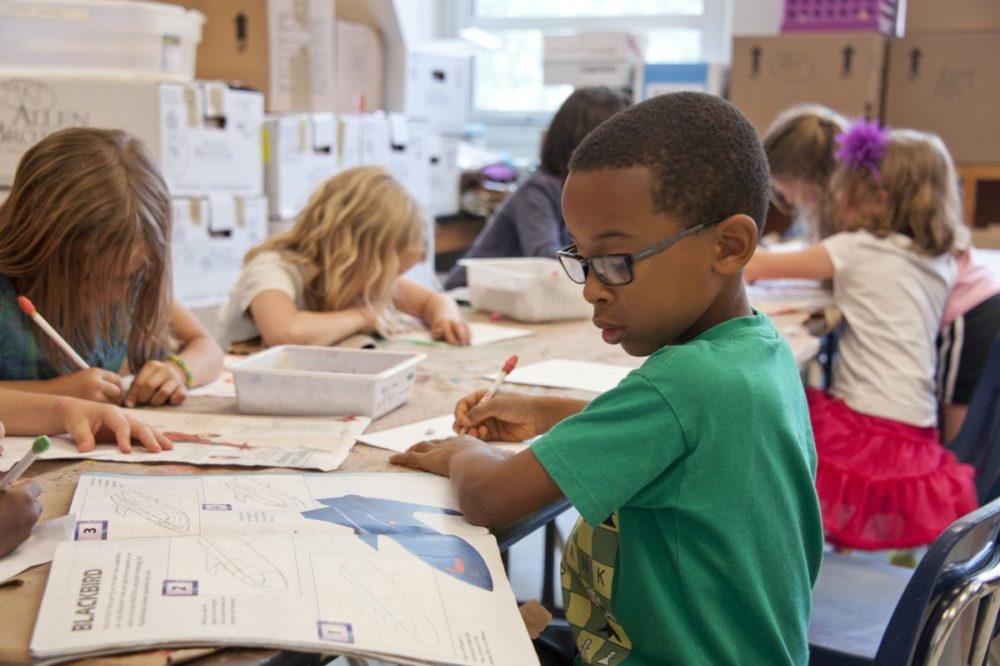

-
Basketball
- Many outdoor recreational activities are lower risk, but basketball is an exception due to the close proximatey of the players who are often banging into each other. Players are also unlikely to wear masks.
-
Public pools
- Swimming at home with your own household is fine, but public pools pose a greater risk. Dr. Emig questioned, “How are you going to wear masks in the pool?”
- “We don’t have good data to show how the virus would behave in a pool,” Husain said. “Pool water does have chlorine in it, but I don’t think it’s high enough to be very effective in completely reducing risk to zero.”
-
Schools
- Schools are still figuring out ways to lower the risks including spreading students apart (but maintain distance constantly may be difficult). Mask compliance maybe difficult for younger children as well.
Risk Level: 6 — Casinos, Indoor restaurants, Playgrounds, Hair salons, Boat Rides, Movie Theaters
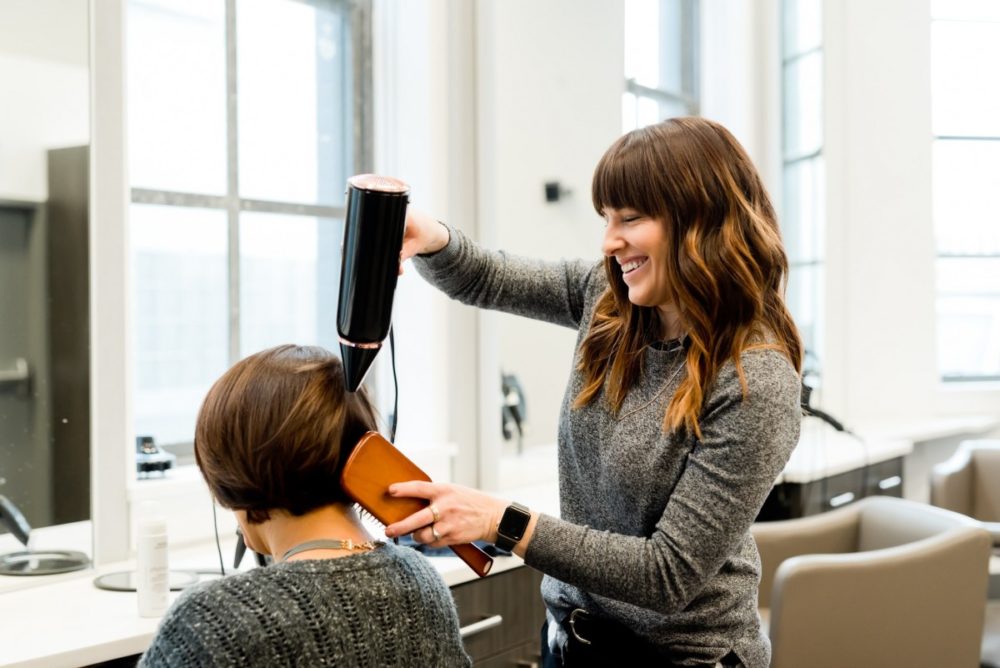

-
Casinos
- Crowds, alcohol, and loud talking make casinos risk. Open floor plans with patrons more spread out can help lower risks.
-
Restaurants, indoor seating
- Recirculated air makes indoor restaurants riskier than outdoor dining. If you are going to a restaurant, Dr. Sims suggested avoiding high traffic areas, which could increase your risk even more.
-
Playgrounds
- Kids are known to congregate in joyful but germy groups, sometimes coughing and sneezing on equipment.
- As much as my kids miss playgrounds, I understand why they’re still considered high-risk.
- Lower risk: supervised playgrounds with a small number of children have lower risk, although many states are still limiting their use.
-
Hair salons, barbershops
- Hair salons are high risk because stylists are in such close proximate to their clients.
- To help lower the risk when getting a haircut, consider these tips:
- Don’t show up with guests
- Don’t linger
- Plan to pay with a non-cash option (e.g. PayPal, Venmo)
- Avoid salons that aren’t taking seriously health precautions
- Expect a price increase to help hard-hit businesses stay afloat
- DO NOT show up with symptoms, even mild ones
- Be patient with your stylist
-
Boat rides
- Boat rides with members of the same household is not risky, but mixing households increases your risk of spreading viruses, along with the inevitable loud talking to be heard over the noise of the motor and water.
-
Movie theaters
- Drive-in movie theaters might be making a comeback as indoor theaters with people in close proximate can spread viruses.
- Spacing patrons and requiring masks can help reduce the spread of diseases.
Risk Level: 5 — Indoor Dinner Parties, Airplanes, Backyard BBQs, Malls, Beaches, Bowling
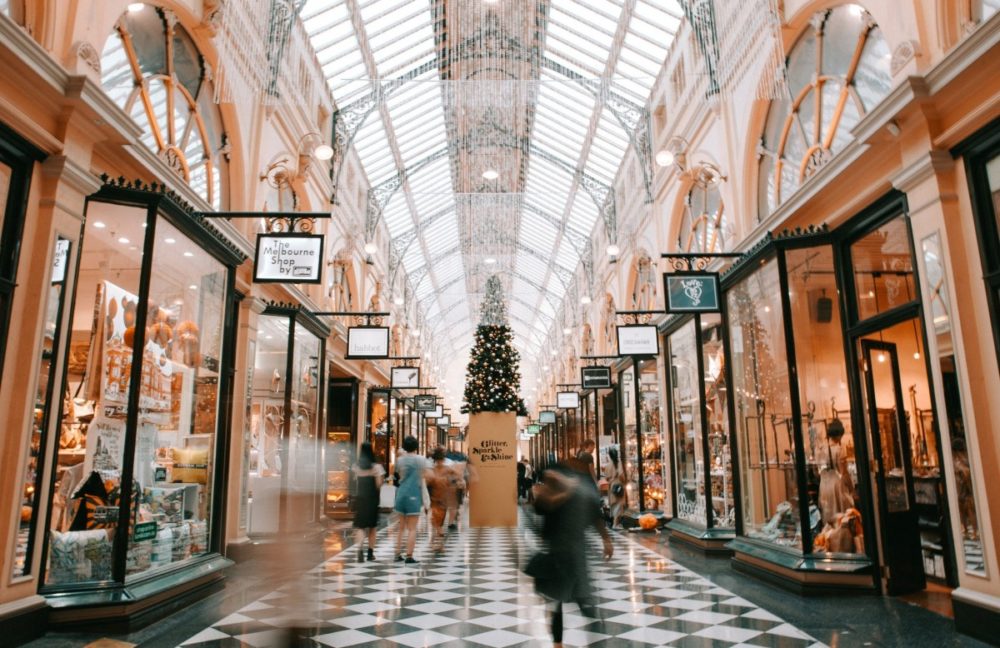

-
Dinner parties at a house
- Indoor parties are harder to space out, plus you’re more likely to recirculate air. Outdoor gatherings are considered safer, assuming people keep their distance and the number of guests is limited.
-
Airplanes (Controversial)
- Experts disagree about the risk of flying. Of the four experts consulted with, two felt flying is medium risk, one considering it low and the last one high.
- The question comes down to the procedures airlines will adopt and how stringently new rules will be followed. Some suggestions made were eliminating the middle seat and wiping down surfaces.
- Dr. Emig considered flying on airplanes high risk because most people do not wear masks properly and passengers can be on places for a long time.
- Dr. Cunningham rated flying a 3, as air on airplanes is well filtered.
-
Backyard BBQs
- Backyard BBQs can be risky if they are crowded and people don’t maintain distance.
- Can downgrade to a low-risk activity: Wearing masks and maintaining distance can downgrade outdoor barbecues.
-
Malls
- If malls do not use precautions, shopping at malls with large crowds could be a high risk.
- If people can use proper precautions such as masks and limiting the number of shoppers, malls could be downgraded to low-risk.
-
Beaches
- Beaches could be low-risk: If the beach isn’t crowded and people maintain their distance. Going at an off-peak time (such an sunset) can lower your risk further.
- Beach can be high-risk: Beaches can be crowded and can be difficult areas to control crowds and precaution compliance.
-
Bowling
- Dr. Sims suggests lower the risk of bowling by:
- Cleaning bowling balls, tables, consoles, and other equipment thoroughly
- People should wear masks
- Every other lane should be closed
- Dr. Emig said, “Bowling alley are not known for their high levels of air filtration and circulation.”
- Personally, after reading those precautions, I’m surprised bowling wasn’t rated higher on the risk scale.
- Dr. Sims suggests lower the risk of bowling by:
Risk Level: 4 — Dentist, Busy downtown, Offices, Doctor’s Offices, Eating outside at a restaurant
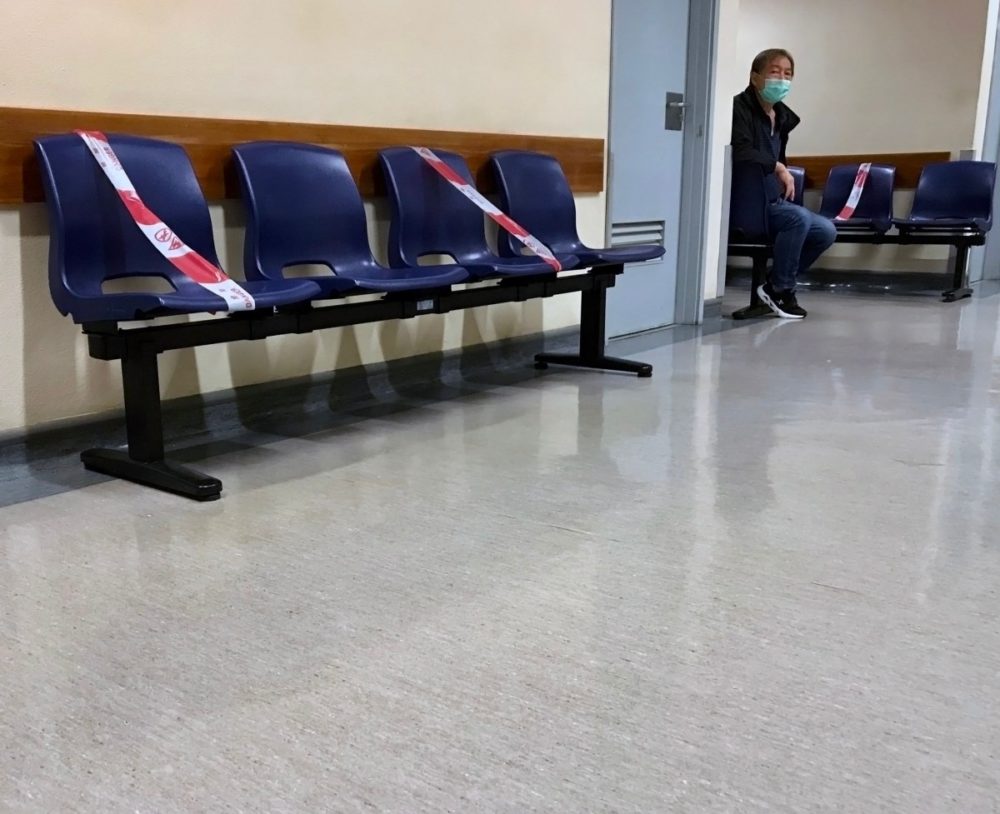

- Dentist’s offices–Controversial
- Dental offices also split the experts: 2 voted for low risk, 1 medium-risk, 1 high-risk.
- Dr. Emig said that “dental cleaning aerosolized what’s in your mouth.” This can result in spreading virus patients did not know they had.
- Author’s note: I went to a dental cleaning recently and the office took extra precautions to limit spread between patients:
- They stuck to scraping plaque removal and skipped polishing teeth entitely, presumably to reduce to amount of aerosolized germs.
- Patients were kept in the parking lot and brought in one at a time wearing a mask, entered a sealed-off cleaning room, and left one at a time in a separate exit.
-
Walking in a busy downtown
- Avoiding crowds and people not wearing masks to keep this outdoor activity low-risk.
-
Offices
- Working from home is obviously safest, as working around other people for 8-10 hours increases the risk of spreading disease. Offices are generally safer than shopping, however, as employers can spread employees out to maintain distance.
-
Doctor’s office waiting rooms
- As with every activity, follow the proper precautions. Many hospitals and doctors’ offices are spacing out chairs or having patients wait for their turn curbside to decrease everyone’s exposure to each other.
-
Eating outside at a restaurant
- Safer than eating outdoors due to better air circulation, reducing the concentration of air-borne viruses.
Risk Level: 3 — Getting groceries, Camping, Hotels, Golfing, Library and museums
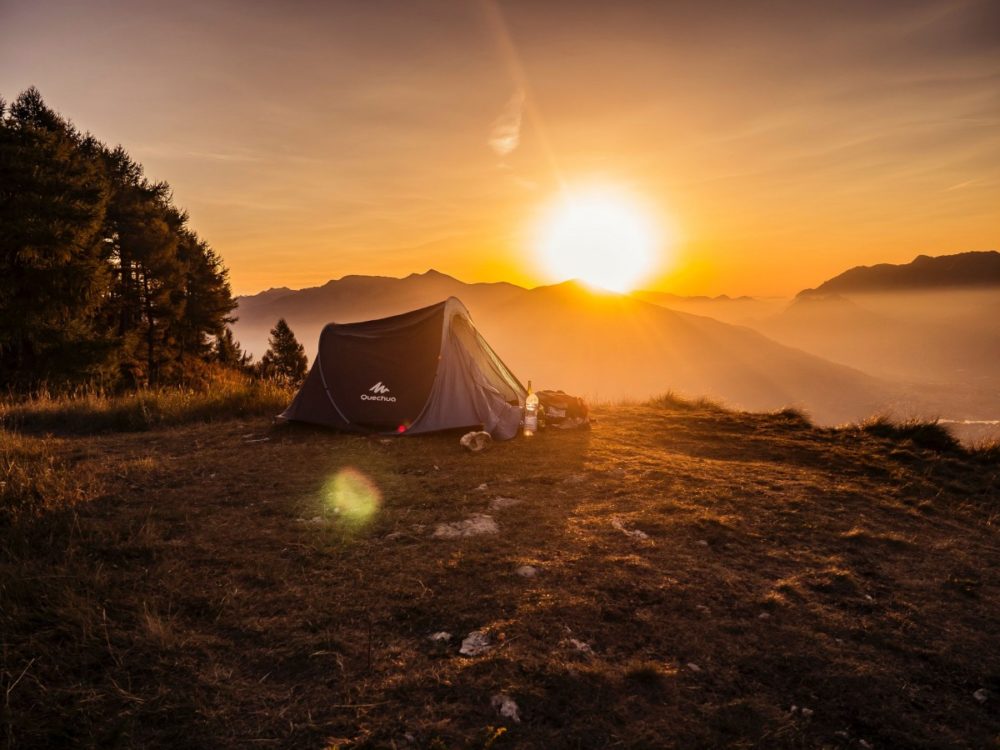

-
Getting groceries
- Masks are key to keeping risk low in shopping environments, so choose your shopping locations accordingly.
-
Camping
- A household camping by themselves is riskier than staying at home, but still safer than large groups of people sharing quarters overnight.
-
Hotels
- Believe it or not, the hotel room itself is not usually the place where viruses are spread–it’s actually the common areas, such as the check-out desk or breakfast area. Take your breakfast to go and/or check-in remotely to lower your risk.
-
Golfing
- Golfing can be low-risk, due its outdoor setting. The issues comes when people mingle and share golf carts, so keep your distance to stay safer.
-
Libraries and museums
- Less crowds, a stronger ability to enforce masks, and often higher ceilings (and less shared air) make museums and libraries lower-risk. Evaluate your particular library and museum by the 5 risk factors: Inside/Outside, Proximately, Duration, Compliance, and Your personal health risk.
Risk Level: 2 — Walking, Running, Biking, or Pumping Gas
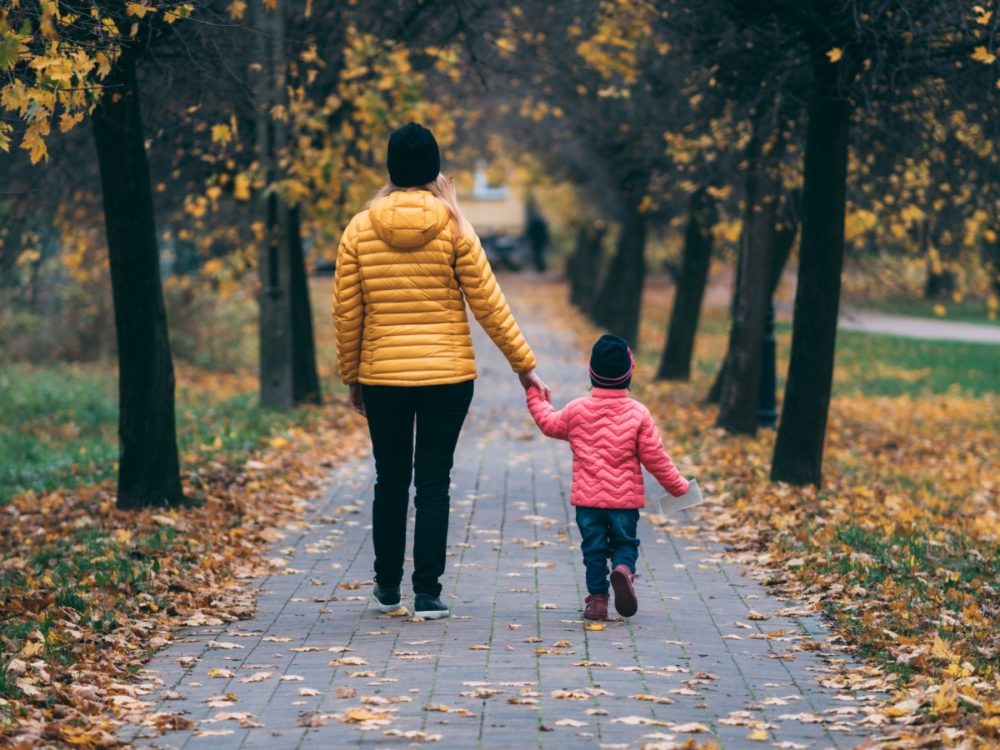

-
Going for a walk, run, or bike ride with others
- Working out can make you breathe harder, so give other hikers and passersby greater space (especially if they’re not wearing a mask).
- As long as you’re avoiding crowded areas, the brief outdoor passings are much less likely to spread viruses than crowded indoor settings.
-
Pumping gas for the car
- You’re outdoors and usually far away from others. Although the pump could be a risk (take precautions if needed such as hand sanitizer after refueling), the virus is spread more often via close contact with people.
Risk level: 1 — Getting takeout, Playing Tennis (Low Risk Activities)
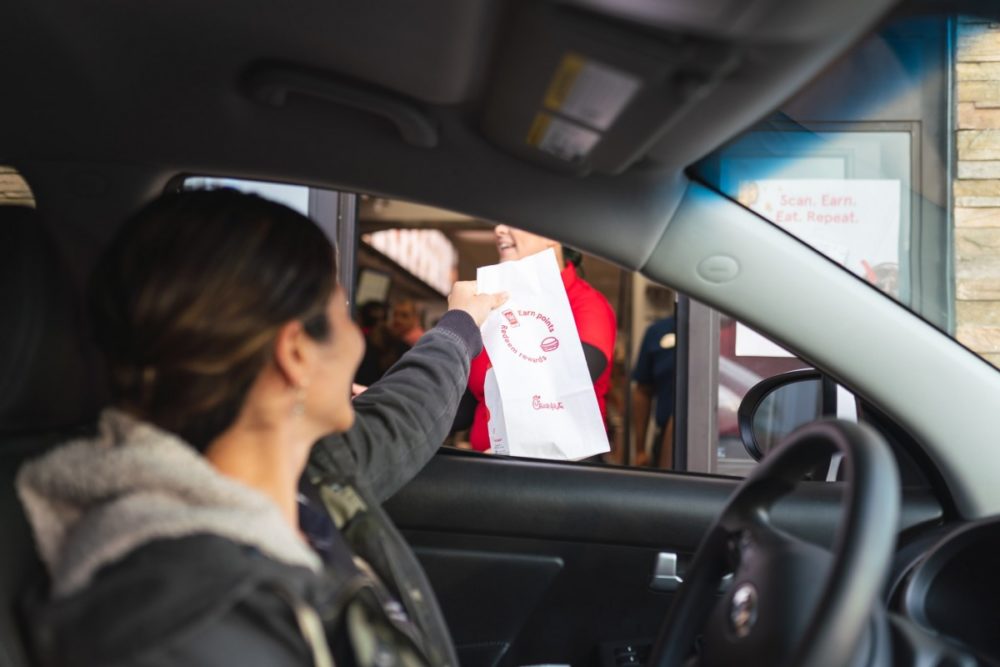

-
Getting takeout food from a restaurant
- Touchless payment and masks are making food takeout one of the least concerning activities.
-
Playing tennis
- Outdoors and distance between players make this a great, safe way to get some exercise.
- Although if you’re insanely immature like I am, you can get a good giggle out of this video where the Nassau County’s top public official Laura Curran warned residents, “You can kick their balls, but you can’t touch them,”–including hand gestures. She tried to recover, but hilarity ensues.
As stated above, the 5 risk factors above are important to consider when evaluating the risk of activities. Protect your family and the world around you by avoiding risky activities and taking proper precautions recommended by the experts:
- Choose outdoor activities when possible
- Maintain social distance
- Limit exposure time
- Wear masks
- Consider your personal health risks
Additional information is available at CDC.gov/Coronavirus.
